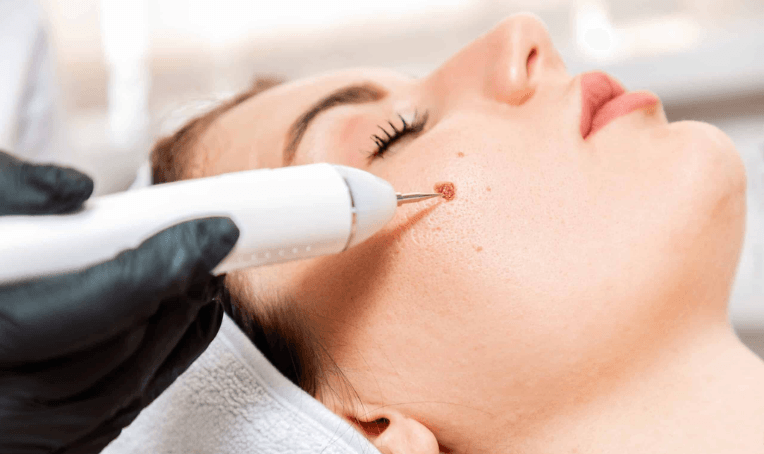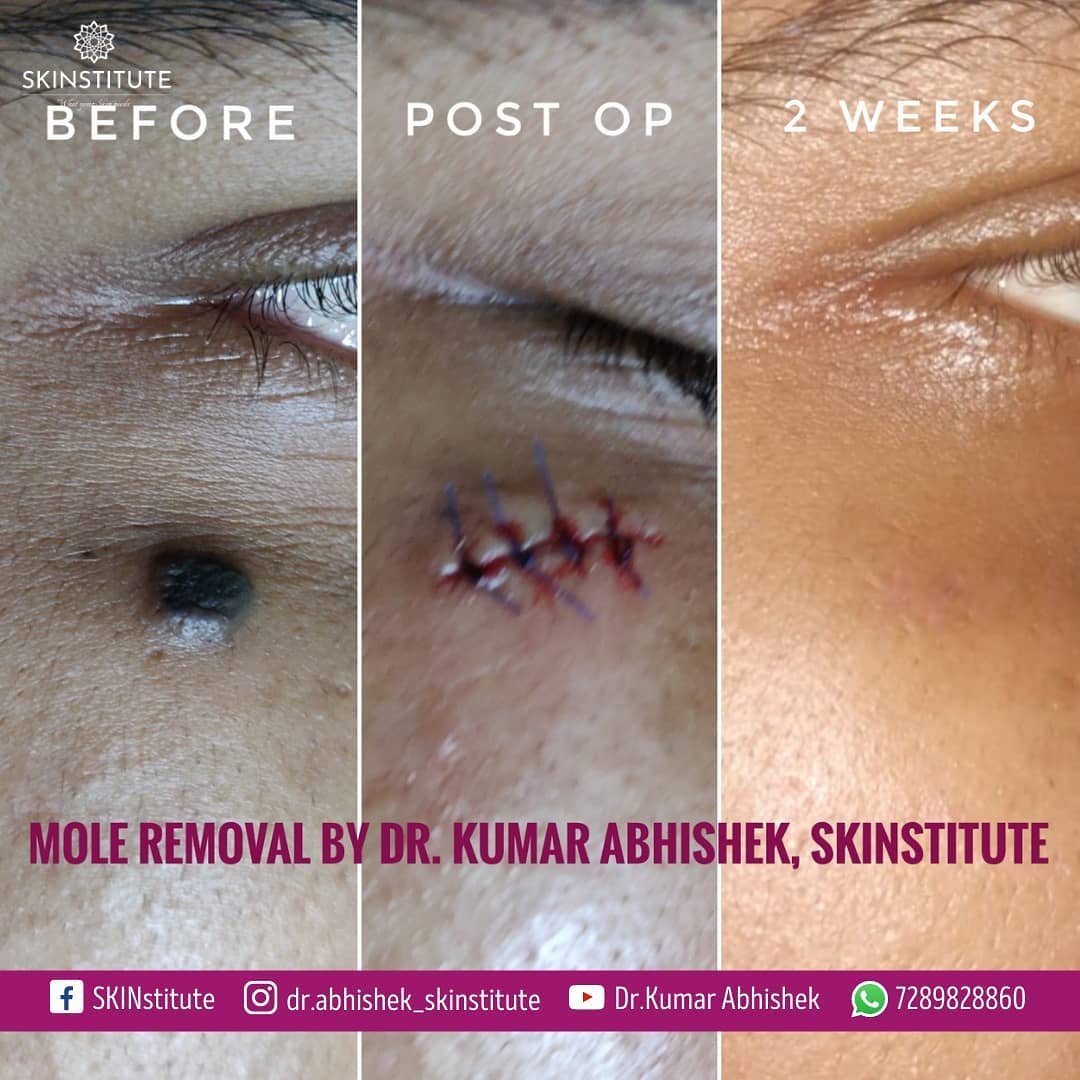- +91 7289828860
- contactwithskinstitute@gmail.com
- Nayapalli, Bhubaneswar-751015
- Home
- About Us
- Services
- Aesthetic Treatment
- Botox Treatment
- Microbotox Treatment
- Hydrafacial Treatment
- Dark Circle Treatment
- Glutathione Treatment
- Thread Lift
- Vampire Lift
- Platelet Rich Plasma
- Chemical Peeling Treatment
- Micro Needling Treatment
- Low Level Laser Therapy With Face Mask
- Double Chin Reduction
- Dermal Fillers
- Exosomes Treatment
- Skin Booster Treatment
- Dermatosurgery Treatment
- Dermatology Treatment
- Laser Skin
- Trichology
- Venereology Treatment
- Aesthetic Treatment
- Gallery
- Blog
- Testimonials
- Home
- About Us
- Services
- Aesthetic Treatment
- Botox Treatment
- Microbotox Treatment
- Hydrafacial Treatment
- Dark Circle Treatment
- Glutathione Treatment
- Thread Lift
- Vampire Lift
- Platelet Rich Plasma
- Chemical Peeling Treatment
- Micro Needling Treatment
- Low Level Laser Therapy With Face Mask
- Double Chin Reduction
- Dermal Fillers
- Exosomes Treatment
- Skin Booster Treatment
- Dermatosurgery Treatment
- Dermatology Treatment
- Laser Skin
- Trichology
- Venereology Treatment
- Gallery
- Blog
- Testimonials

Say Goodbye to Unwanted Moles – Safely and Confidently at The Skinstitute
Concerned about an undesirable or suspicious mole? The Skinstitute’s cutting-edge mole removal procedures blend clinical accuracy with artistic grace, whether for aesthetic or medical purposes. Our licensed dermatologists provide individualized, minimally invasive procedures that guarantee clear, self-assured skin without sacrificing your safety.
The safest and most efficient removal technique is determined by carefully evaluating each mole through dermoscopic examination. We provide customized precision treatment for all types of moles, whether they are raised or flat, pigmented or skin-toned.
Our state-of-the-art tools and sterile in-clinic setting guarantee optimal comfort with the least amount of scarring. You can easily fit most procedures into your busy schedule because they are quick, outpatient, and require little to no downtime. At The Skinstitute, your aesthetic objectives and the health of your skin go hand in hand.
Treatment Overview
Since no two moles are alike, neither should their care. To choose the best removal method, we at The Skinstitute evaluate your mole’s type, location, and medical background. For a safe and painless experience, local anesthesia is used for all procedures.
Types of Mole Surgery We Offer:
- Shave Excision: A surgical blade is used to shave the mole from the skin’s surface. Perfect for superficial, elevated moles that leave little scarring.
- Punch Excision: To get rid of deeper moles, a circular blade is used. This technique guarantees total removal with clean suturing and works wonders for tiny moles.
- Full surgical excision: For larger or possibly suspicious moles, full surgical excision is the best option. For best healing, the mole and a margin of surrounding tissue are cut out and carefully stitched out.
- Laser Mole Removal: Ideal for pigmented, non-cancerous moles. breaks down pigment using laser energy without causing skin damage.
Why Choose The Skinstitute for Mole Surgery?
- Medically safe treatments supported by dermatological science
- Procedures tailored to skin tone and mole type
- Advanced methods for minimizing scars
- Dermoscopy screening for questionable moles in a clinic
- Carried out in a sterile setting by skilled, certified dermatologists
- Clear pre-care and post-care instructions
- The reputable name in cosmetic dermatology in Bhubaneswar
Who is it For? & How It Works
Our mole removal services are ideal for:
- People who are self-conscious about body or facial moles
- People who have asymmetrical or fluctuating moles (possible melanoma risk)
- People whose necks or waistlines are irritated by mole friction
- Dermatologists’ referrals for diagnostic mole excision
How It Works:
To assess the mole, our dermatologist will conduct a dermoscopic examination during the first consultation. With your permission, we choose the most effective removal strategy based on the diagnosis. Outpatient procedures typically take less than half an hour.
Step-by-Step Procedure: Mole Surgery Treatment at The Skinstitute
Before Your Visit:
- Comprehensive skin examination and mole mapping
- Images for documentation (before/after)
- Examining medical history
- Precautionary advice: stay out of the sun for 24 to 48 hours, avoid alcohol, and avoid blood thinners.
During the Procedure:
- To guarantee comfort, local anesthesia is used.
- Using the selected technique (shave, punch, excision, or laser), your mole is carefully removed.
- The process takes 20 to 30 minutes.
- If necessary, sutures or dressings are applied.
- Before departing, you are advised to get immediate post-care.
Aftercare & Downtime:
- Recovery: For two to five days, mild redness or swelling is typical.
- Avoid: Swimming, intense exercise, sweating, and direct sunlight for five to seven days.
- Results: Most healing is visible in 7–10 days; scar fading continues over weeks
- A follow-up appointment might be suggested for scar evaluation or stitch removal.
Common skin growths that can vary in size, shape, and color are called moles, or nevi. Even though the majority of moles are benign, some may show signs that call for their removal for cosmetic purposes or to rule out skin malignancy. In order to safely and successfully remove undesired moles and achieve desired results, mole removal surgery offers a variety of treatment methods. This paper explores the numerous treatment options for surgical mole removal and discusses the possible outcomes of these treatments.
Treatment Options for Mole Removal Surgery:
- Excisional Surgery:
- Using a scalpel or surgical blade, excisional surgery entails the entire surgical removal of the mole and surrounding skin.
- To guarantee patient comfort, local anesthetic is used during the surgery.
- Following the removal of the mole, the incision is sealed with surgical glue or sutures, creating a linear scar that usually disappears with time.
- For larger moles or those with questionable characteristics that need a histological evaluation, excisional surgery is appropriate.
- Shave Excision:
- Shave excision is a less intrusive procedure in which the mole is removed using a razor or sharp blade.
- For smaller, elevated moles that extend over the skin’s surface, this technique is frequently employed.
- To stop bleeding and encourage healing, the remaining skin may be cauterized or treated with a chemical solution after the mole is shaved off.
- Shave excision, as opposed to excisional surgery, usually leaves less scars and requires shorter recovery time.
- Laser Therapy:
- Laser therapy targets and eliminates undesirable moles using a variety of laser types, including carbon dioxide (CO2) and erbium:YAG lasers.
- The pigment in the mole absorbs the laser energy, which causes it to decompose and be removed by the body’s natural mechanisms.
- When compared to surgical treatments, laser therapy can lead to less scarring and faster recovery, making it especially beneficial for flat or pigmented moles.
- The size and depth of the mole may determine how many treatment sessions are needed to get the best outcomes.
Results of Mole Removal Surgery:
- Cosmetic Improvement:
- Significant cosmetic improvement can result from mole removal surgery, especially if the moles are on exposed body parts like the hands, neck, or face.
- Patients might attain smoother, more radiant skin and enhanced overall appearance by having undesired moles removed.
- Histopathological Examination:
- When a mole is removed by shave excision or excisional surgery, the removed tissue is sent for histological analysis to rule out abnormalities or skin cancer.
- In addition to guaranteeing appropriate therapy of potentially alarming lesions, histopathological examination offers important diagnostic information.
- Minimal Scarring:
- Depending on the chosen treatment method and individual healing response, mole removal surgery can result in minimal scarring that fades over time.
- Proper wound care and follow-up with a healthcare provider can help optimize scar healing and minimize visibility.
Conclusion: Patients who are concerned about skin lesions can feel more at ease and have better cosmetic results with mole removal surgery, which provides efficient treatment choices for the elimination of undesirable moles. These treatments, which include laser therapy, shave excision, and excisional surgery, can effectively and safely remove moles while reducing scarring and producing positive results. Mole removal surgery improves skin health and attractiveness when done properly, post-operatively, and with careful evaluation of available treatment choices.

Ready for Clearer Skin?
Whether you want to enhance your look or remove a suspicious mole for your peace of mind, The Skinstitute is here with expert care, modern tools, and a skin-first philosophy.
Book a consultation today and take the first step toward smooth, worry-free skin in Bhubaneswar.
What People Says
EXCELLENTTrustindex verifies that the original source of the review is Google. Awesome treatments.... Worth it..🥳🥳Posted onTrustindex verifies that the original source of the review is Google. Abhishek Sir was truely a blessing in terms of saving my hair and helped a lot for growing my hair again and also helped regarding my acne issuePosted onTrustindex verifies that the original source of the review is Google. Best Dermatologist.Posted onTrustindex verifies that the original source of the review is Google. Visiting SKINSTITUTE and consulting Dr Kumar Abhishek is absolutely praise worthy as the Dr's diagnosis and advises are excellent. I and family members are getting excellent result by visiting such a nice doctor.Posted onTrustindex verifies that the original source of the review is Google. Better place to cure your skin related issues. Satisfactory and cure level-100% Most recommended ❤️❤️❤️Posted onTrustindex verifies that the original source of the review is Google. Good experience, treatment is very goodPosted onTrustindex verifies that the original source of the review is Google. I was struggling with my psoriasis for a long time,but after meeting Dr Kumar Abhishek, Finally started to change for the better.His clear understanding of the condition, patient approach,and effective treatment plan gave me both relief and hope.I am truly grateful for his guidance and carePosted onTrustindex verifies that the original source of the review is Google. Nice doctor...... Staff behavior so nice... Very satisfied indeedPosted onTrustindex verifies that the original source of the review is Google. The doctor and staff have very well manner and helpful. Also, I have seen the improvement in my skin as well.
Frequently Asked Questions (FAQ)
Yes. Removing suspicious or evolving moles after a dermoscopic exam can help prevent melanoma or catch it early.
It is safe for flat, non-cancerous moles and causes minimal downtime, but it’s not used for suspicious lesions.
Initial healing takes 7–10 days. Complete scar maturation may take a few weeks to months depending on skin type.
If the mole wasn’t fully removed (as in some shave methods), regrowth can happen.
Excision is full-thickness and best for large or suspicious moles; shaving is superficial; punching removes deeper layers.
No. Because we use local anesthesia, you won’t experience any pain during the procedure—just a little pressure.
While some scarring is inevitable, we use cutting-edge methods and aftercare advice to keep it subtle and aesthetically pleasing.
Of course. We specialize in facial mole removals with the best cosmetic results because these areas call for precision.
It might be covered if medically necessary (i.e., due to a possible risk of cancer). Removals of cosmetic moles are typically not.
Indeed. The majority of clients require little aftercare and return to work the same day.



